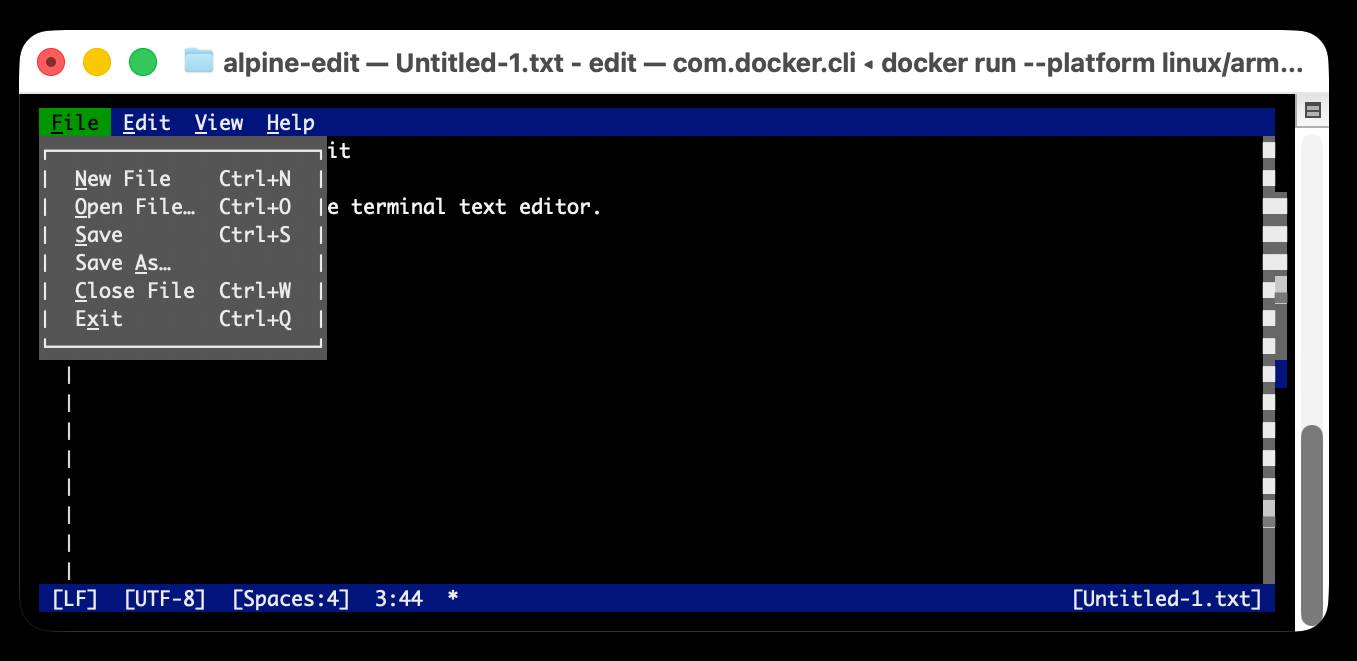Saturday, 21st June 2025
Is it safe to say that LLMs are, in essence, making us "dumber"?
No! Please do not use the words like “stupid”, “dumb”, “brain rot”, "harm", "damage", and so on. It does a huge disservice to this work, as we did not use this vocabulary in the paper, especially if you are a journalist reporting on it.
— FAQ for Your Brain on ChatGPT, a paper that has attracted a lot of low quality coverage
model.yaml. From their GitHub repo it looks like this effort quietly launched a couple of months ago, driven by the LM Studio team. Their goal is to specify an "open standard for defining crossplatform, composable AI models".
A model can be defined using a YAML file that looks like this:
model: mistralai/mistral-small-3.2 base: - key: lmstudio-community/mistral-small-3.2-24b-instruct-2506-gguf sources: - type: huggingface user: lmstudio-community repo: Mistral-Small-3.2-24B-Instruct-2506-GGUF metadataOverrides: domain: llm architectures: - mistral compatibilityTypes: - gguf paramsStrings: - 24B minMemoryUsageBytes: 14300000000 contextLengths: - 4096 vision: true
This should be enough information for an LLM serving engine - such as LM Studio - to understand where to get the model weights (here that's lmstudio-community/Mistral-Small-3.2-24B-Instruct-2506-GGUF on Hugging Face, but it leaves space for alternative providers) plus various other configuration options and important metadata about the capabilities of the model.
I like this concept a lot. I've actually been considering something similar for my LLM tool - my idea was to use Markdown with a YAML frontmatter block - but now that there's an early-stage standard for it I may well build on top of this work instead.
I couldn't find any evidence that anyone outside of LM Studio is using this yet, so it's effectively a one-vendor standard for the moment. All of the models in their Model Catalog are defined using model.yaml.
Edit is now open source (via) Microsoft released a new text editor! Edit is a terminal editor - similar to Vim or nano - that's designed to ship with Windows 11 but is open source, written in Rust and supported across other platforms as well.
Edit is a small, lightweight text editor. It is less than 250kB, which allows it to keep a small footprint in the Windows 11 image.

The microsoft/edit GitHub releases page currently has pre-compiled binaries for Windows and Linux, but they didn't have one for macOS.
(They do have build instructions using Cargo if you want to compile from source.)
I decided to try and get their released binary working on my Mac using Docker. One thing lead to another, and I've now built and shipped a container to the GitHub Container Registry that anyone with Docker on Apple silicon can try out like this:
docker run --platform linux/arm64 \
-it --rm \
-v $(pwd):/workspace \
ghcr.io/simonw/alpine-edit
Running that command will download a 9.59MB container image and start Edit running against the files in your current directory. Hit Ctrl+Q or use File -> Exit (the mouse works too) to quit the editor and terminate the container.
Claude 4 has a training cut-off date of March 2025, so it was able to guide me through almost everything even down to which page I should go to in GitHub to create an access token with permission to publish to the registry!
I wrote up a new TIL on Publishing a Docker container for Microsoft Edit to the GitHub Container Registry with a revised and condensed version of everything I learned today.
My First Open Source AI Generated Library (via) Armin Ronacher had Claude and Claude Code do almost all of the work in building, testing, packaging and publishing a new Python library based on his design:
- It wrote ~1100 lines of code for the parser
- It wrote ~1000 lines of tests
- It configured the entire Python package, CI, PyPI publishing
- Generated a README, drafted a changelog, designed a logo, made it theme-aware
- Did multiple refactorings to make me happier
The project? sloppy-xml-py, a lax XML parser (and violation of everything the XML Working Group hold sacred) which ironically is necessary because LLMs themselves frequently output "XML" that includes validation errors.
Claude's SVG logo design is actually pretty decent, turns out it can draw more than just bad pelicans!
I think experiments like this are a really valuable way to explore the capabilities of these models. Armin's conclusion:
This was an experiment to see how far I could get with minimal manual effort, and to unstick myself from an annoying blocker. The result is good enough for my immediate use case and I also felt good enough to publish it to PyPI in case someone else has the same problem.
Treat it as a curious side project which says more about what's possible today than what's necessarily advisable.
I'd like to present a slightly different conclusion here. The most interesting thing about this project is that the code is good.
My criteria for good code these days is the following:
- Solves a defined problem, well enough that I'm not tempted to solve it in a different way
- Uses minimal dependencies
- Clear and easy to understand
- Well tested, with tests prove that the code does what it's meant to do
- Comprehensive documentation
- Packaged and published in a way that makes it convenient for me to use
- Designed to be easy to maintain and make changes in the future
sloppy-xml-py fits all of those criteria. It's useful, well defined, the code is readable with just about the right level of comments, everything is tested, the documentation explains everything I need to know, and it's been shipped to PyPI.
I'd be proud to have written this myself.
This example is not an argument for replacing programmers with LLMs. The code is good because Armin is an expert programmer who stayed in full control throughout the process. As I wrote the other day, a skilled individual with both deep domain understanding and deep understanding of the capabilities of the agent.